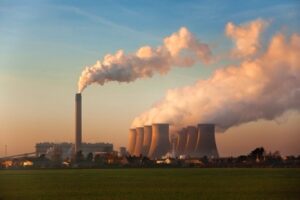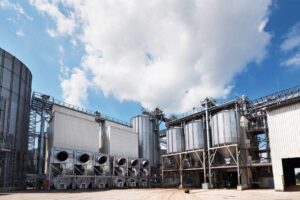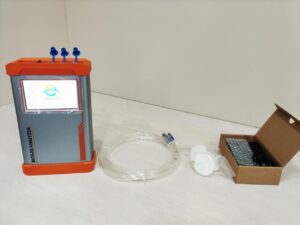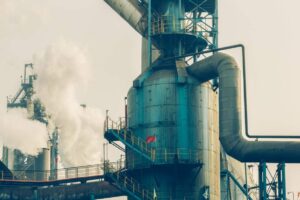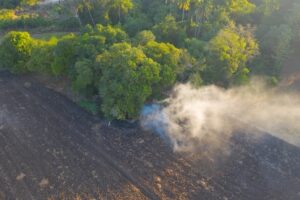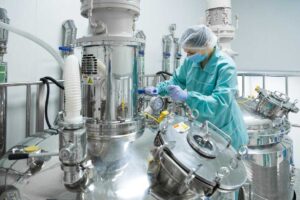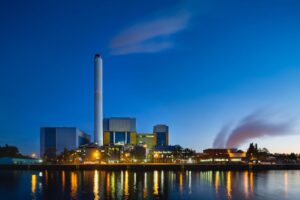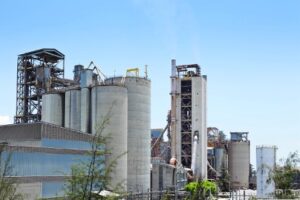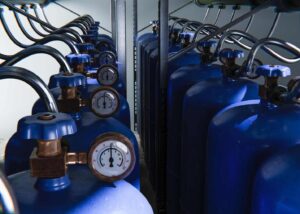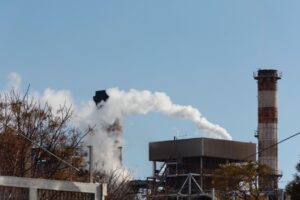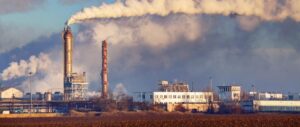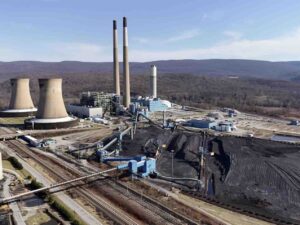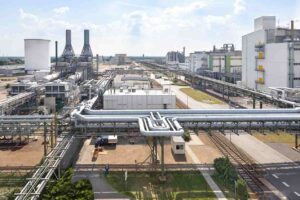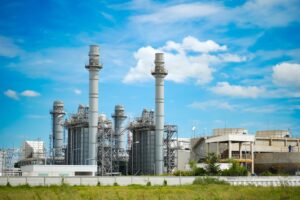According to Cadena SER, In Xàtiva, Spain, the local government will convert agricultural and forestry residues into a combustible syngas for electricity generation, contributing to the region’s renewable energy transition. Syngas is emerging as a versatile fuel in the power industry, offering a cleaner alternative for electricity generation. Let’s explore the in-depth process behind syngas production, purification, and its integration into electricity generation systems.
How Does Syngas Power Modern Electricity Generation? Key Processes.
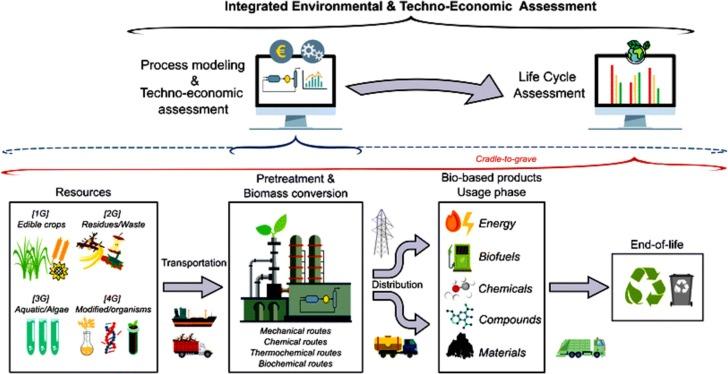
Syngas, the blend primarily contains hydrogen and carbon monoxide. Its production starts with gasification, converting biomass or coal into a combustible gas mixture. Engineers then purify the gas to remove impurities like sulfur, ensuring high combustion quality for downstream applications.
Next, modern gas turbines or internal combustion engines combust syngas to generate electricity. These systems efficiently transform chemical energy into mechanical power, which drives generators to produce electrical output.
Finally, the industry prioritizes scalability through modular gasification designs and carbon capture integration. These solutions address grid flexibility challenges while aligning with global decarbonization goals.
How Do Gasification and Purification Steps Enhance Syngas Efficiency in Electricity Generation?

Syngas production and purification play pivotal roles in optimizing energy output during electricity generation. Below, we break down the core methods and critical steps involved.
1. Primary Gasification Methods for Syngas Production
Gasification converts carbon-rich feedstocks like coal or biomass into syngas (a mix of CO, H₂, and CH₄). Three dominant methods drive this process:
– Entrained-flow gasifiers use high temperatures (1,300–1,500°C) to rapidly convert pulverized feedstocks into syngas.
– Fluidized-bed reactors ensure uniform heat distribution, ideal for biomass with lower ash content.
– Fixed-bed systems operate at moderate temperatures, favoring coal with high mineral content.
Transitioning between these methods depends on feedstock type and desired syngas composition.
2. Critical Purification Steps for Syngas
Raw syngas contains impurities like tar, sulfur, and particulates that harm turbines and reduce efficiency. Key purification stages include:
– Particulate removal: Cyclones and ceramic filters eliminate ash and dust.
– Tar cracking: Catalytic reformers break down tar into smaller hydrocarbons.
– Acid gas removal: Amine-based absorption strips H₂S and CO₂, ensuring compliance with emission standards.
These steps not only protect downstream equipment but also improve combustion efficiency.
How Do Gas Turbines and Internal Combustion Engines Optimize Syngas for Electricity Generation?
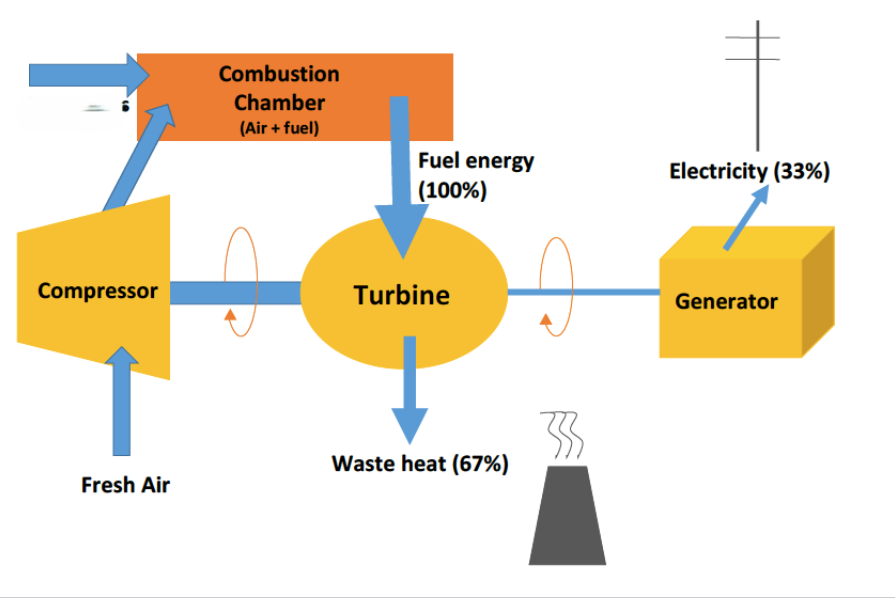
(gas turbine- combustion cycle)
The gas turbines and internal combustion engines achieve high efficiency in syngas-to-electricity conversion through the following processes:
—Air Compression: Ambient air is drawn into the turbine’s compressor, where it is pressurized. This high-pressure air is essential for efficient combustion.
—Fuel Preparation and Mixture Formation: Syngas is first cleaned to remove contaminants. It is then mixed with air in a controlled ratio. Because syngas usually has a lower heating value compared to natural gas or diesel, precise control of the air–fuel ratio is essential for efficient combustion.
—Compression: The syngas–air mixture is drawn into the engine’s combustion chamber, where the piston compresses the mixture. This increases the temperature and pressure inside the cylinder, preparing the mixture for ignition.
—Ignition and Combustion: In spark-ignition engines, a spark plug ignites the compressed mixture. In compression-ignition (diesel) engines adapted for syngas, the fuel auto-ignites due to high pressure and temperature. The combustion process rapidly increases pressure, forcing the piston downward.
—Mechanical Energy Conversion: The downward movement of the piston is converted into rotary mechanical energy via the crankshaft. This reciprocating motion is the fundamental method by which chemical energy from the fuel is transformed into mechanical work.
—Electricity Generation: The engine’s mechanical output is coupled to an electrical generator (alternator) which converts the mechanical energy into electricity. In many applications, this is part of a distributed generation or combined heat and power (CHP) system.
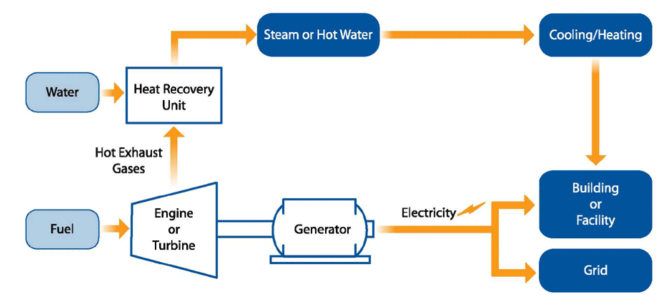
The process transforms the chemical energy stored in syngas into electrical energy via the basic cycle (compressor, combustor, turbine, and generator) remains similar to conventional gas turbines and combustion, the system for syngas must accommodate lower fuel calorific values and potential contaminants, often requiring enhanced fuel pre-treatment and specialized combustion strategies. What we can do?
Optimization:
Engineers design these systems with precision to balance fuel-air ratios, ensuring stable combustion dynamics. For instance, optimized flame stabilization techniques minimize energy loss during syngas oxidation.
Furthermore, adaptive control algorithms play a critical role in maintaining combustion efficiency. These systems continuously monitor parameters like temperature and pressure, adjusting fuel injection rates in real time. Such dynamic management prevents incomplete combustion, which reduces harmful emissions and maximizes energy output.
Additionally, turbine blade cooling technologies counteract thermal stress caused by syngas combustion. High-temperature alloys and ceramic coatings extend component lifespans while sustaining operational reliability. Similarly, internal combustion engines use variable valve timing to enhance syngas intake, improving power density per cycle.
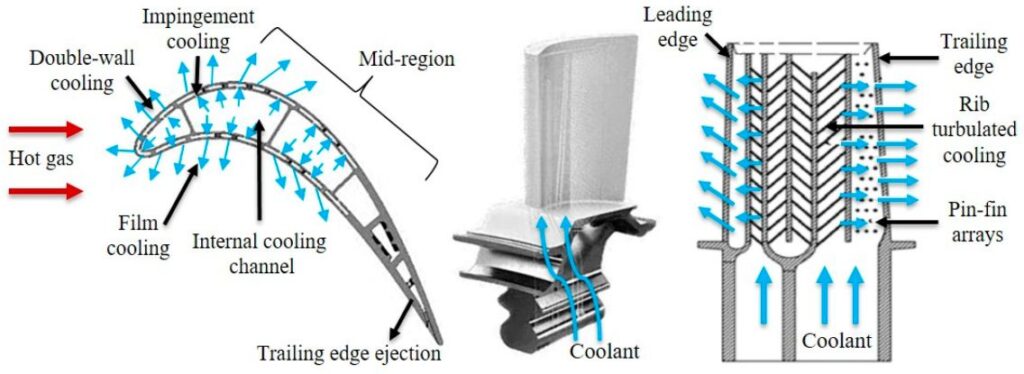
(turbine blade cooling technologies)
To address scalability, combined-cycle configurations recover waste heat from exhaust gases. This approach integrates steam turbines with gas turbines, boosting overall plant efficiency by 15–20%.
In summary, the synergy of combustion optimization, adaptive controls, and material innovation drives syngas-based electricity generation forward. These advancements not only enhance energy conversion rates but also align with sustainability goals by reducing carbon footprints.
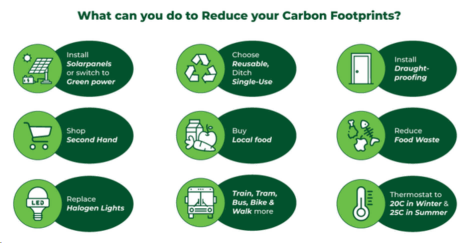
If you want to know more details about Syngas, visit our website please!




